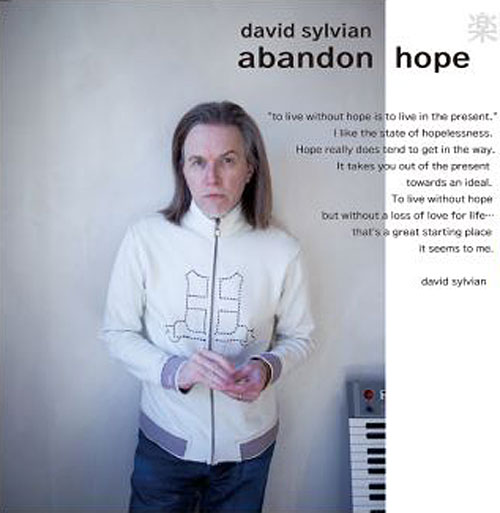
At the Setouchi Triennale 2013, Sylvian participated in the ‘photos of the city project’ at the Uno Port area of Okayama prefecture. His photos were exhibited from July 20th to September 1st.. He was also present the sound installation supervised by himself based on a song by sound artist Taylor Deupree.
David wrote on Facebook:
David acted as curator for the current art festival in the so called ‘ghost town’ of Uno, a port which has fallen on hard times, as part of the Setuochi Triennale Art festival. Composer, designer, photographer and label owner (12k) Taylor Deupree has provided a unique composition for the event available for rent or purchase on the rather attractive medium of the audio button (limited edition). Photographer Araki has created a series of arresting billboards for the port itself. Over the summer David will be holding photographic exhibits simultaneously in Uno and Tokyo which will go by the duel names of abandon / hope.
David acted as curator for the current art festival in the so called ‘ghost town’ of Uno, a port which has fallen on hard times, as part of the Setuochi Triennale Art festival. Composer, designer, photographer and label owner (12k) Taylor Deupree has provided a unique composition for the event available for rent or purchase on the rather attractive medium of the audio button (limited edition). Photographer Araki has created a series of arresting billboards for the port itself. Over the summer David will be holding photographic exhibits simultaneously in Uno and Tokyo which will go by the duel names of abandon / hope. See more info here.
acted as curator for the current art festival in the so called ‘ghost
town’ of Uno, a port which has fallen on hard times, as part of the
Setuochi Triennale Art festival. Composer, designer, photographer and
label owner (12k) Taylor Deupree has provided a unique composition for
the event available for rent or purchase on the rather attractive medium
of the audio button (limited edition). Photographer Araki has created a
series of arresting billboards for the port itself. Over the summer
David will be holding photographic exhibits simultaneously in Uno and
Tokyo which will go by the duel names of abandon / hope. more details to
come. – See more at:
https://www.davidsylvian.net/the-news/item/486-new-installation-project-in-uno-japan.html#sthash.evtGvCej.dpuf
acted as curator for the current art festival in the so called ‘ghost
town’ of Uno, a port which has fallen on hard times, as part of the
Setuochi Triennale Art festival. Composer, designer, photographer and
label owner (12k) Taylor Deupree has provided a unique composition for
the event available for rent or purchase on the rather attractive medium
of the audio button (limited edition). Photographer Araki has created a
series of arresting billboards for the port itself. Over the summer
David will be holding photographic exhibits simultaneously in Uno and
Tokyo which will go by the duel names of abandon / hope. more details to
come. – See more at:
https://www.davidsylvian.net/the-news/item/486-new-installation-project-in-uno-japan.html#sthash.evtGvCej.dpuf
abandon/hope is the title of the Uno project which is curated by David Sylvian. It comprises an exhibition of photographs by David Sylvian and separate sound installation.
The sound installation is devided into two sections  a composition by Taylor Deupree, titled Too Close To Being Far Away From Everything, which can be listened to on a playbutton (fully customizable mp3 player in a wearable button) and reading of various quotations by several famous philosophers which can be heard from the speakers of the audio automobile KIOSK. The playbutton will be distributed to the audience from the KIOSK. ÂToo Close To Being Far Away From Everything (taylor deupree) is music both without time and existing at multiple points in time. It is about ghosts and futures and the quiet overpowering of nature over man.
The 2013 Setouchi Triennale is held over three sessions:
Spring Session: March 20 to April 21
Summer Session: July 20 to September 1
Autumn Session: October 5 to November 4
The Setouchi Triennale (also known as the Setouchi International Art Festival) is a contemporary art festival held every three years on a dozen islands in the Seto Inland Sea (Setonaikai), the sea which separates Honshu and Shikoku, two of Japan’s main islands. First held in 2010, this year’s festival features over 150 artworks.
Contemporary art has gained a prominent position in the region in recent decades thanks to various art projects by the Benesse Corporation on the island of Naoshima and more recently on the islands of Inujima and Teshima, all of which also serve as festival venues. The Setouchi Triennale is intended to further strengthen the region’s position as a leading site for contemporary art and to spread the art to additional islands.
Like many rural parts of Japan, the islands in the Seto Inland Sea have been suffering from massive depopulation in recent decades, while their remaining residents have been aging at a rapid pace, causing a wide range of problems. One of the festival’s main goals is to counteract these trends and revitalize the region in a sustainable and creative way by bringing contemporary art and tourism onto the islands.
Visitors to the region will be charmed not only by the intriguing art but also by the laid back, slow paced rural atmosphere of the islands’ villages and the beauty of the island scenery. In many ways the festival resembles the Echigo-Tsumari Art Triennial, a similar art festival, which is held every three years in a rural mountainous area of Niigata Prefecture.
The Art
During the festival, nearly 150 artworks by artists from Japan and overseas are exhibited on the twelve islands and around the ports of Takamatsu and Uno including several permanent art installations from the 2010 festival. A considerable number of them will remain standing even after the end of the festival, justifying a visit to the area at any time of the year. Other works, however, will be dismantled after the end of the festival, and some of them will be on display during only one of the spring, summer or autumn sessions.
The artworks are found across the islands. Some of them stand outdoors in the fields, along the coast or in villages. Others make use of the numerous old homes which have been left abandoned due to the depopulation. The buildings are employed as exhibition spaces or have been converted into artworks themselves. In addition, there are the established museums and art sites on Naoshima, Inujima and Teshima islands.

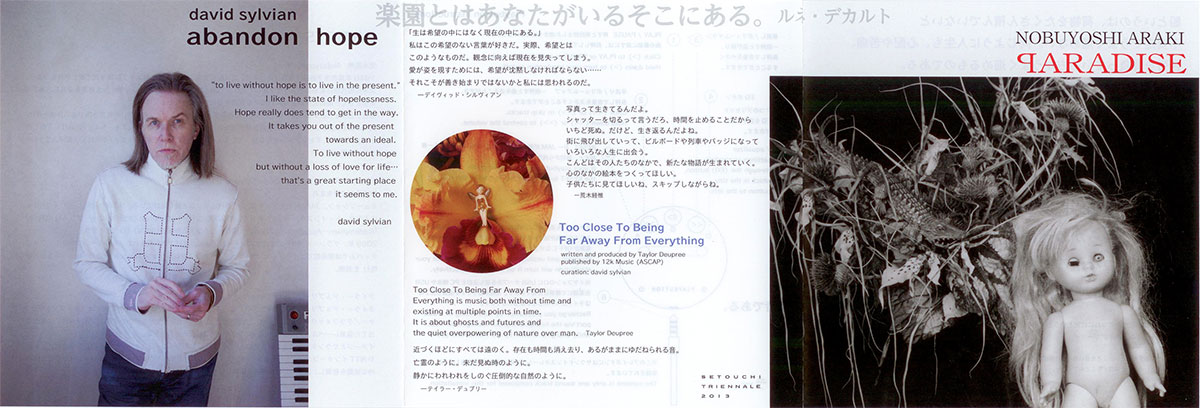
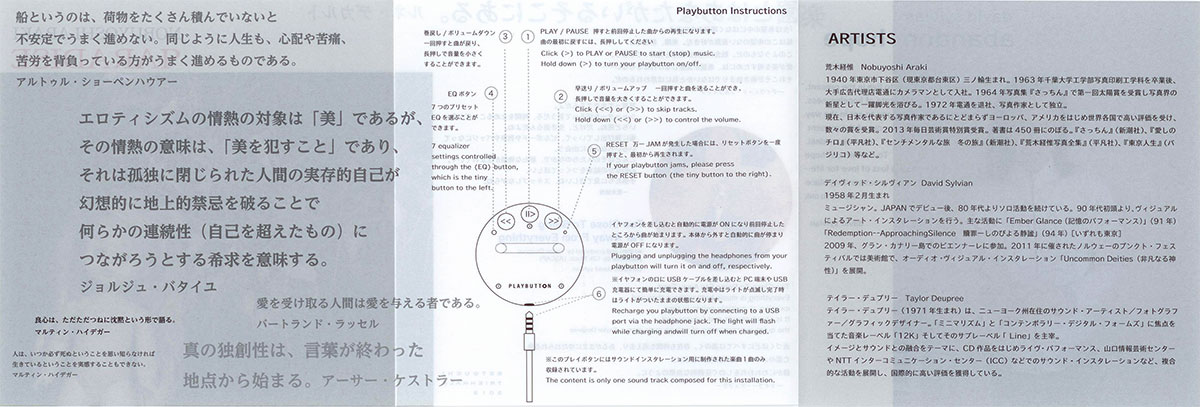
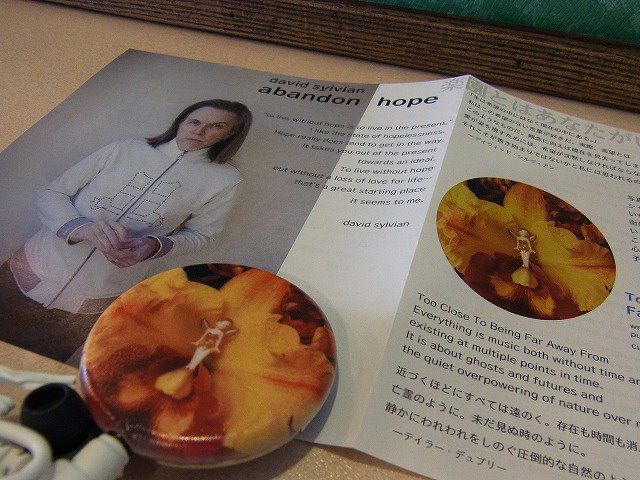
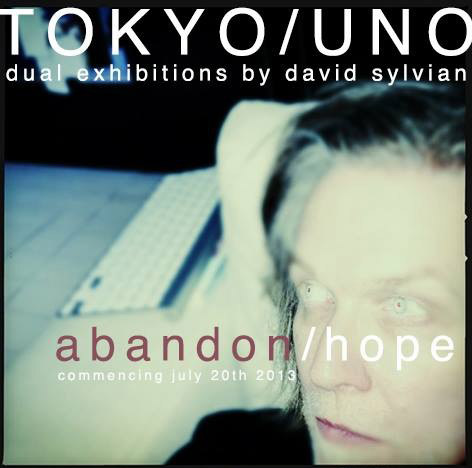
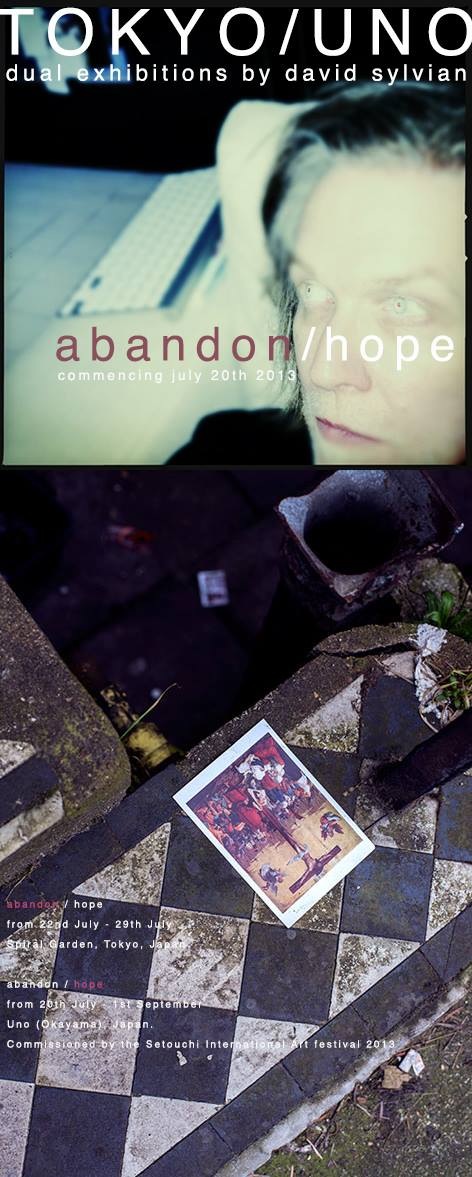
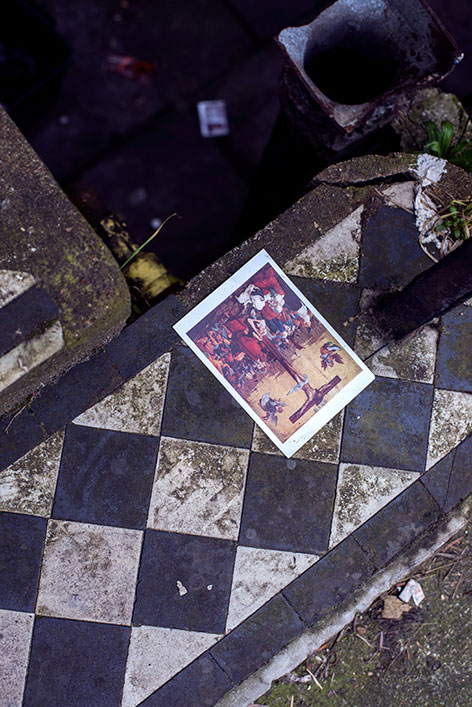
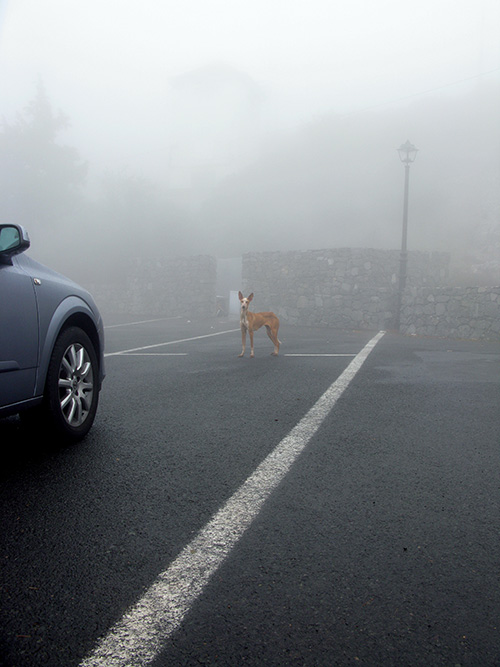
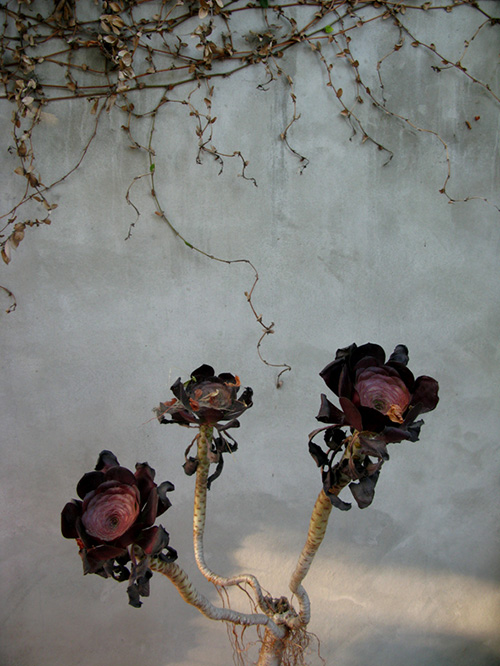
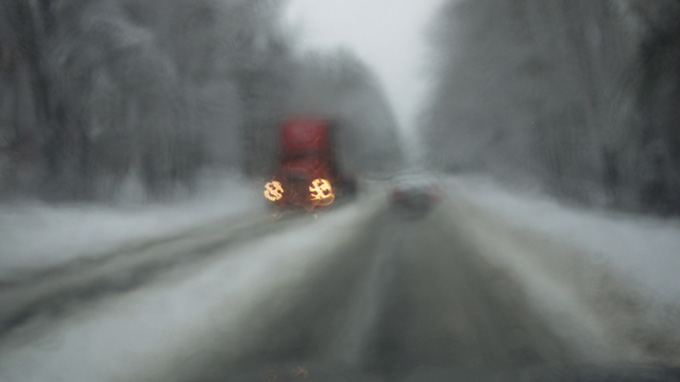
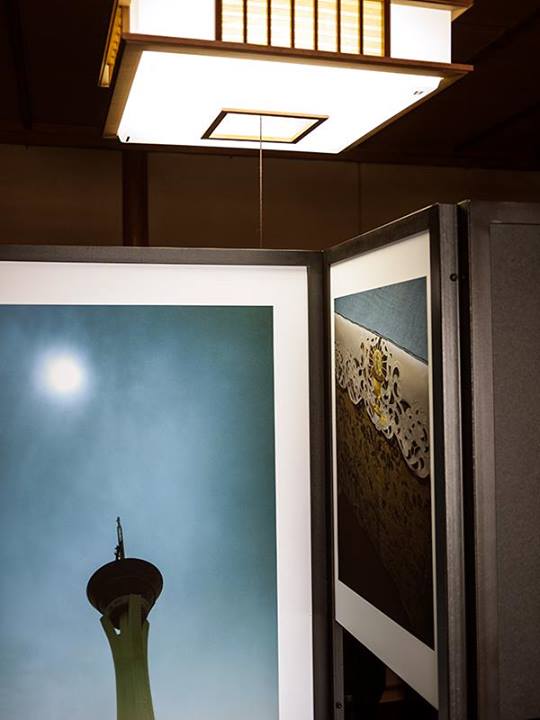
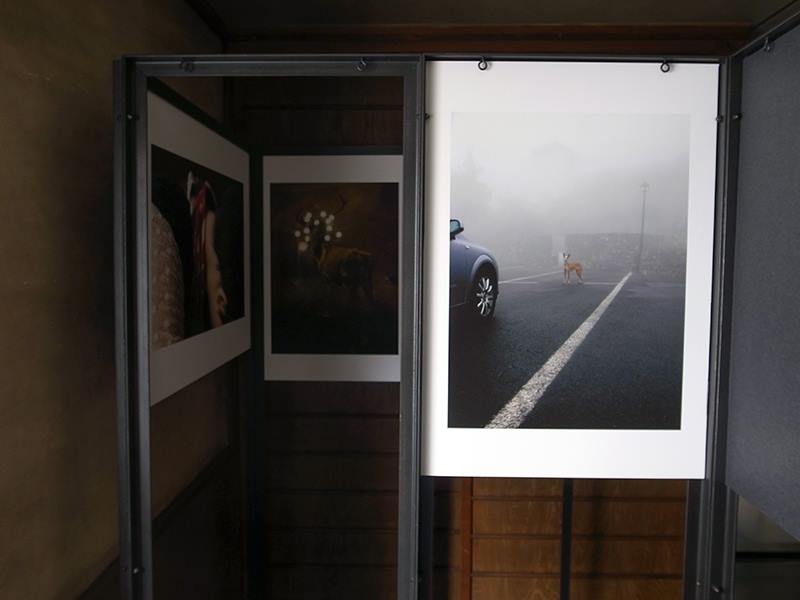
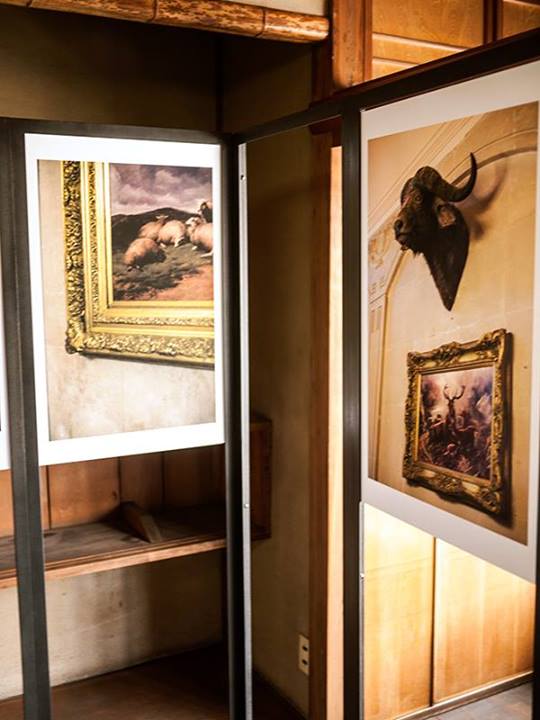
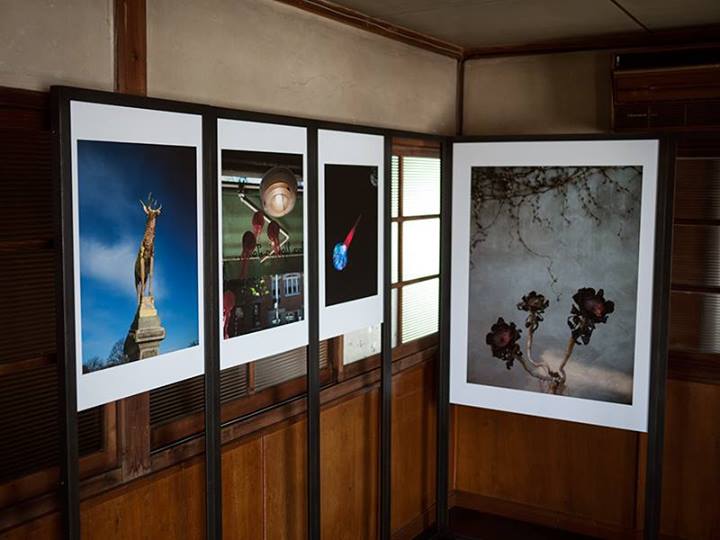
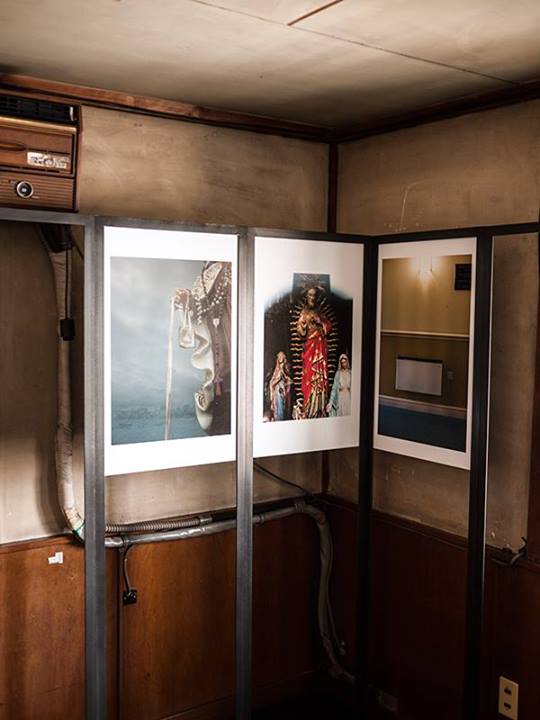
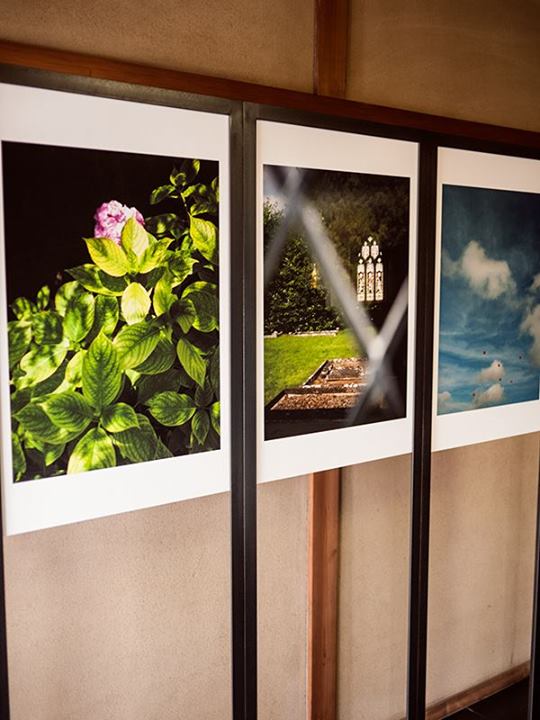
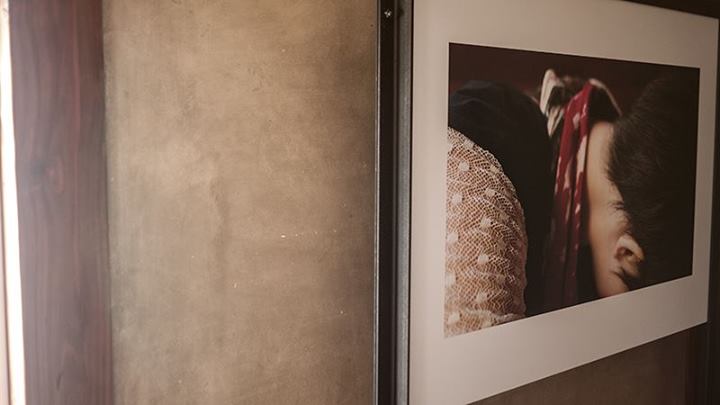
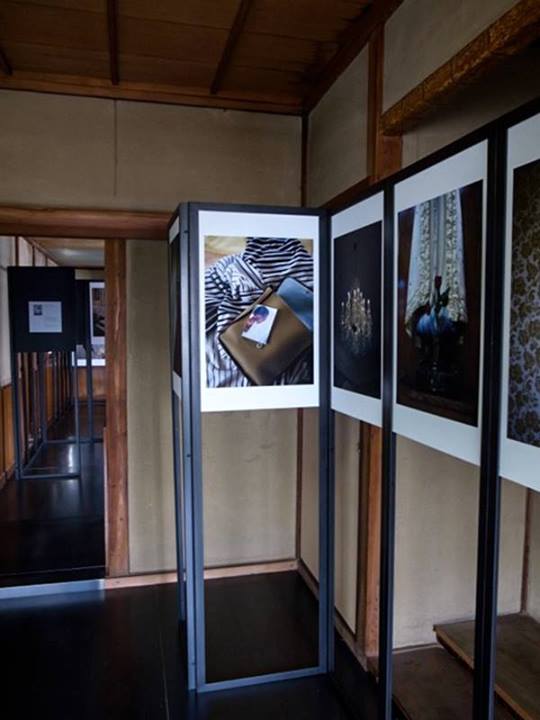
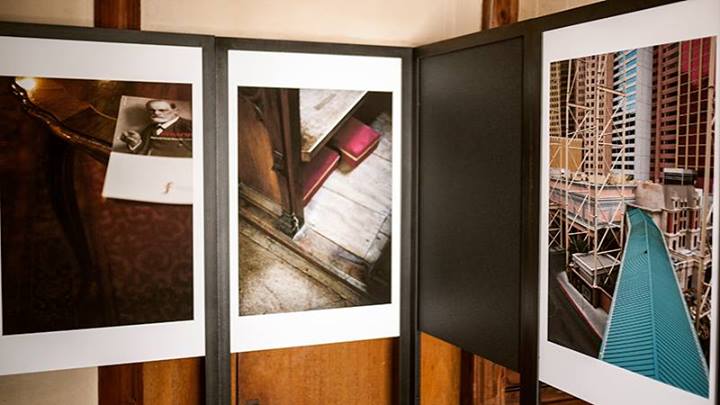
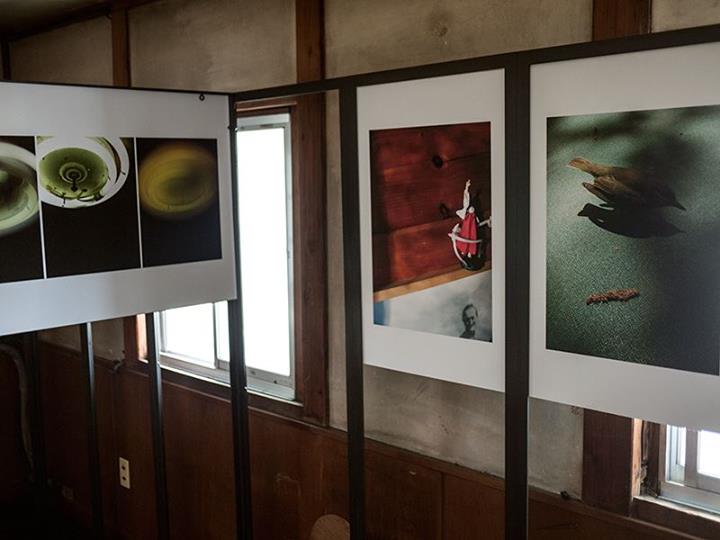
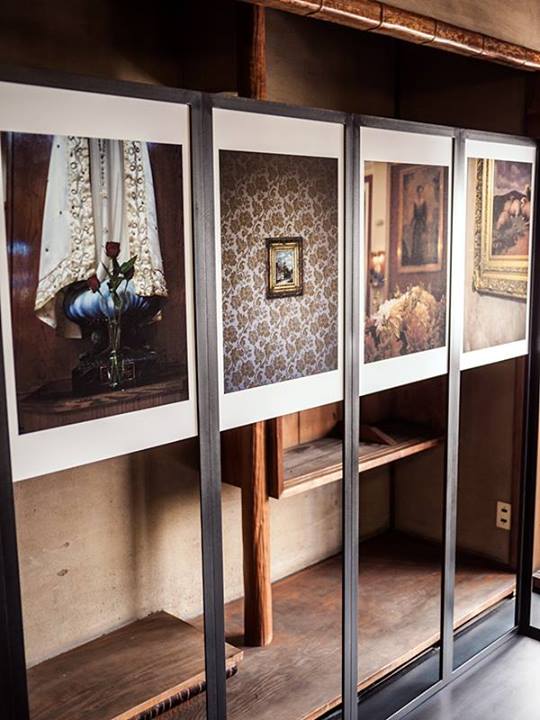
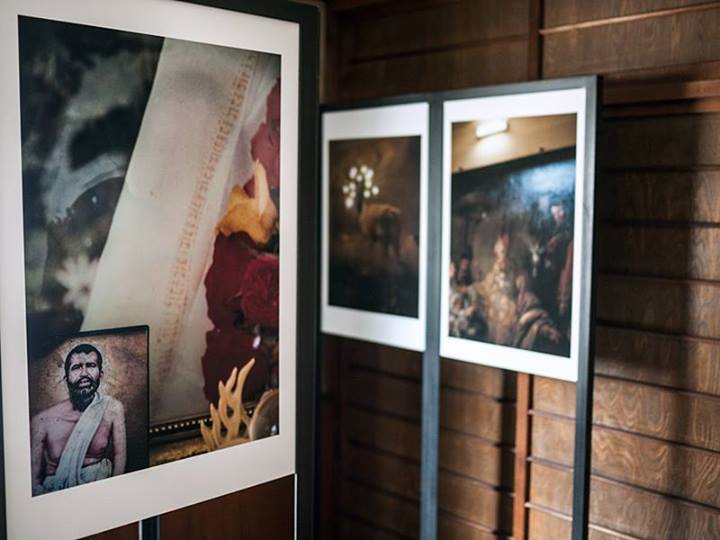
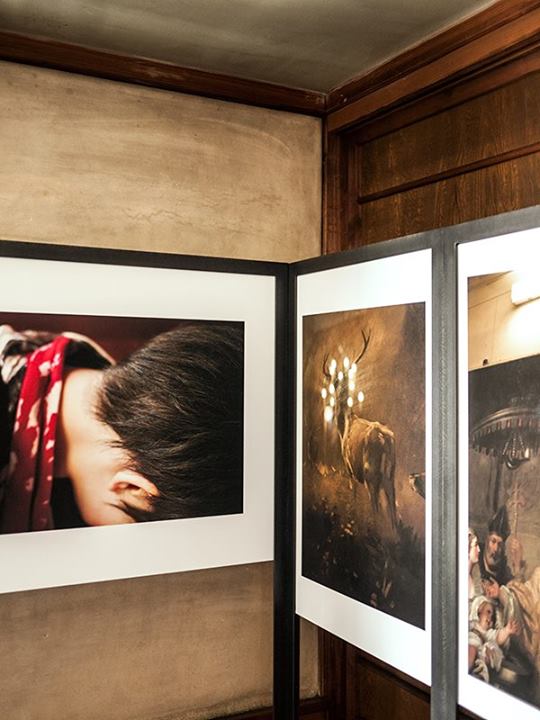
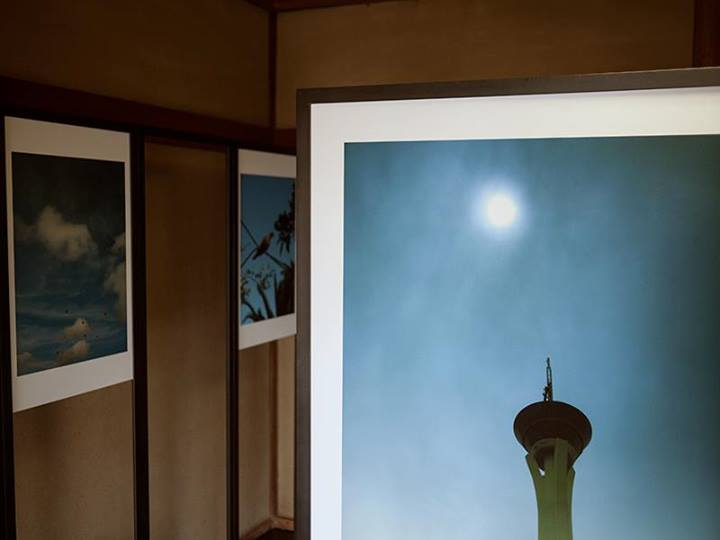
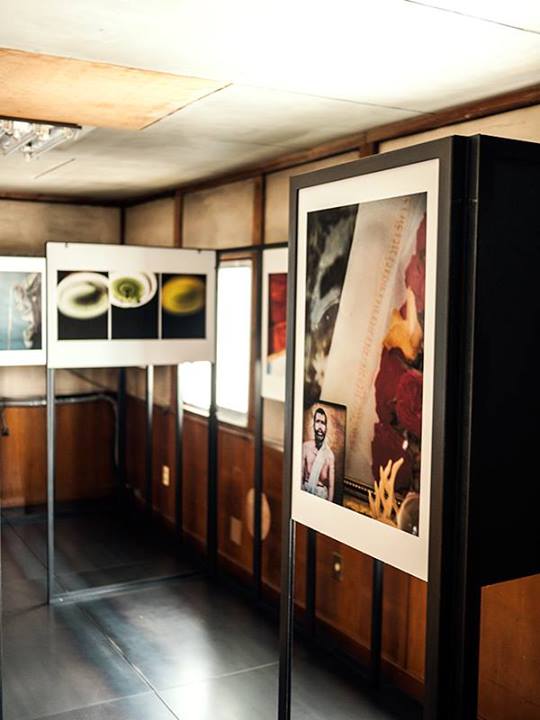
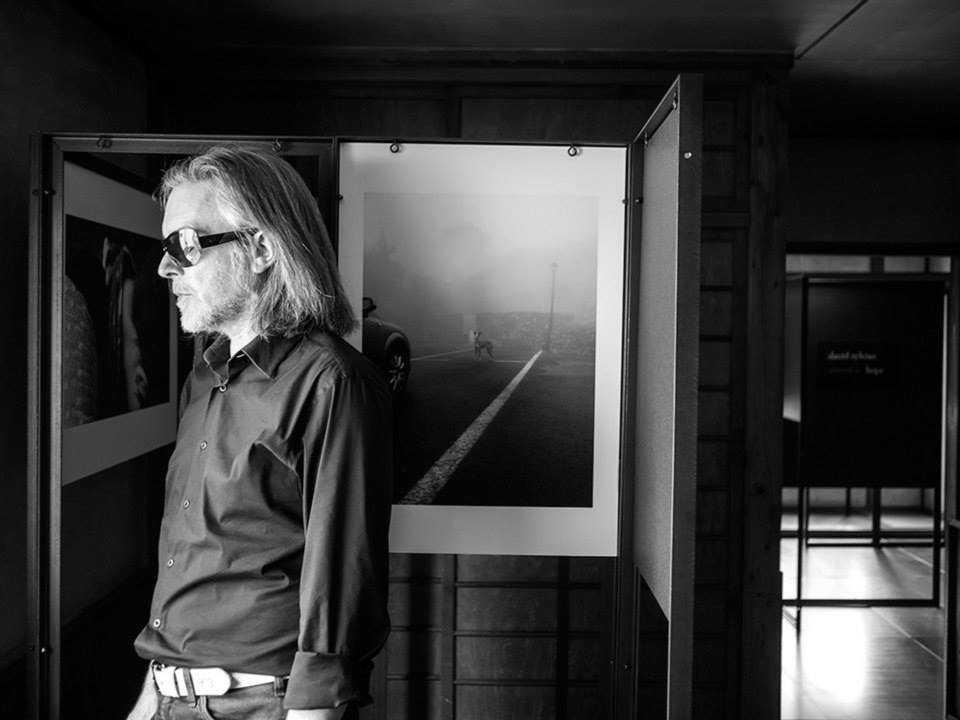
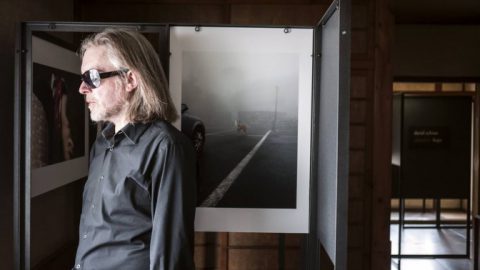
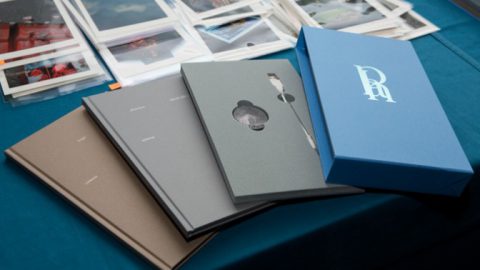
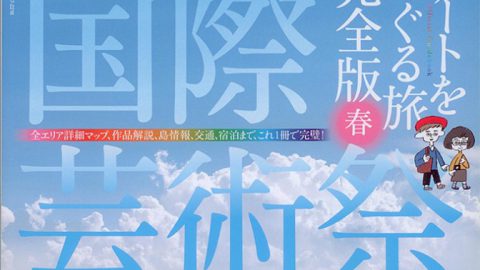
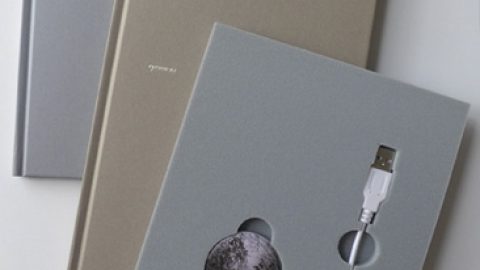
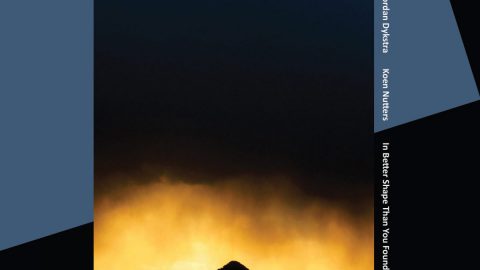
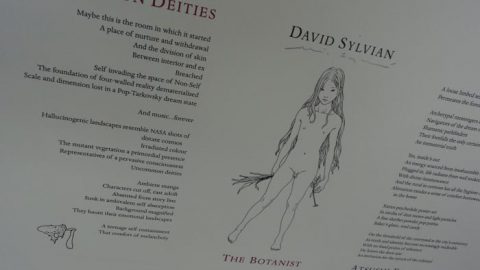
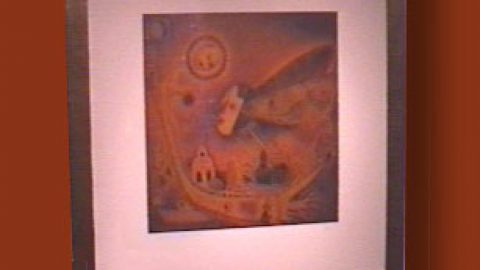
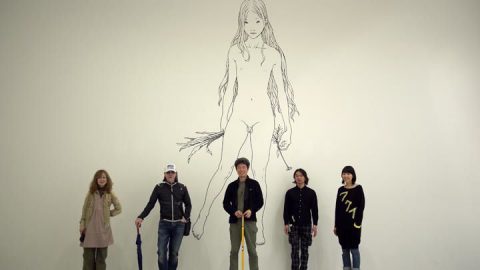
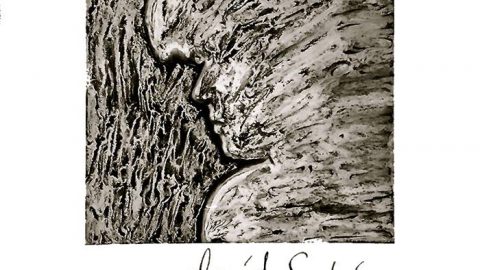
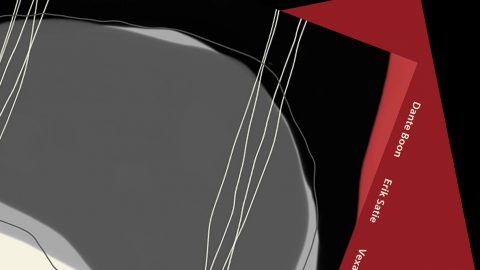
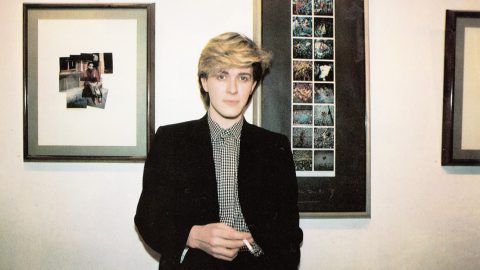
![Yuka Fujii – Like Planets [unreel], cine-photo, 2019](https://www.davidsylvian.net/wp-content/uploads/2019/05/like-planets_page_image-480x270.jpeg)




